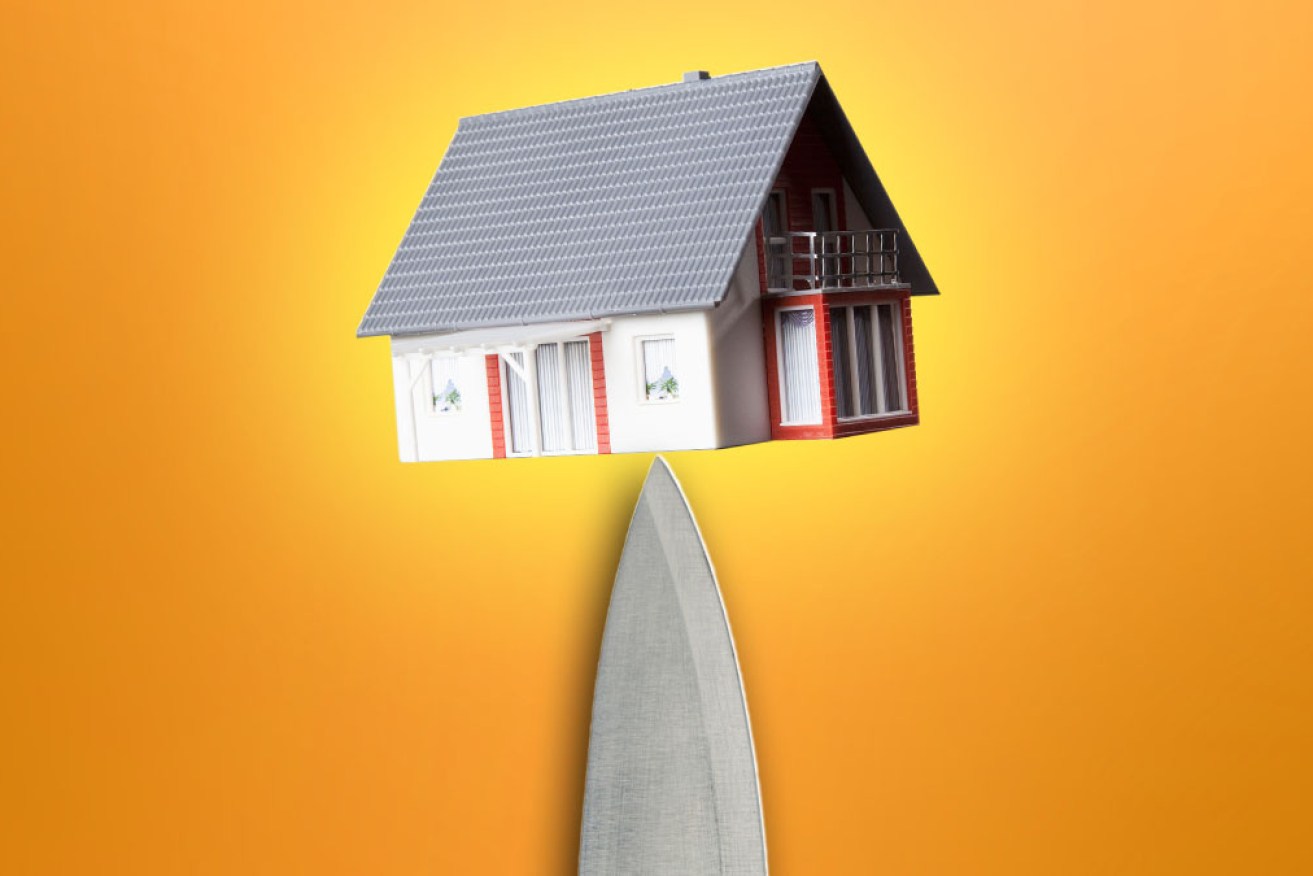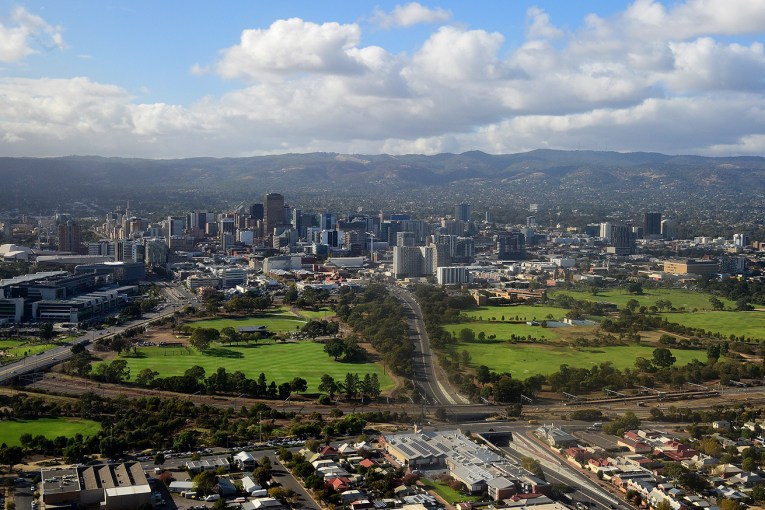House prices are teetering on a knife edge as Victoria suffers second wave


House prices have largely held up during the pandemic. But the future looks murky. Photo: TND
Australian house prices have fallen for a third consecutive month, with Melbourne unsurprisingly suffering the largest falls.
And analysts warn the downturn could get even worse before government stimulus is eventually wound back.
CoreLogic’s July Home Value Index found national house prices slid 0.6 per cent over the month, led by a 0.8 per cent decline across the nation’s capital cities.
Following last month’s 0.7 per cent national fall, the two largest cities still remain among the hardest hit.
Melbourne’s median price shed 1.2 per cent (with prices down 3.2 per cent over the past three months), while Sydney’s declined by 0.9 per cent.
Adelaide and Canberra continued to defy the national trend with small gains.
CoreLogic head of research Tim Lawless told The New Daily the national market’s resilience was “surprising”, when compared to the broader economic upheaval.
Despite unemployment rising to 7.4 per cent and home owners deferring more than 800,000 mortgages, Mr Lawless said house prices had held up thanks to record-low interest rates, lower listing numbers, and extensive support measures from governments and banks.
“But we are expecting additional downside pressure through to next year, as those people under mortgage distress face up to their debt, and potentially we’ll start to see a rise in urgent sales coming into the market.”
House prices remain steady. But trouble’s ahead
Australians banks announced last month that home owners who are still in financial hardship in September could extend mortgage deferrals for another four months.
With about 60 per cent of the banking sector’s balance sheets focused on residential loans, Mr Lawless said it was in the banks’ best interests to extend support and avoid a wave of distressed sales.
But some owners will be forced to sell before September.
“Borrowers who are highly leveraged and have had both their rental and working income impacted may have no chance of getting back into a repayment cycle, and I’m sure those conversations [around selling] are already starting to happen,” Mr Lawless said.
The property analyst also noted that buyers are taking longer to snap up homes already on the market – with the average selling time across capital cities rising from 30 days in April to 49 days in July – while vendor discount has increased 0.8 per cent since December.
If those numbers rise higher still, that would put significant downward pressure on prices, Mr Lawless said.
Revised forecasts
But the price falls are still a long way off the Commonwealth Bank’s worst-case scenario of a 32 per cent peak-to-trough fall.
BIS Oxford Economics chief economist Dr Sarah Hunter told The New Daily such forecasts were based on early modelling of the pandemic, which Australia has avoided thanks to its better-than-expected public health response.
“It’s been a much softer landing, rather than a really sharp downward correction in prices,” Dr Hunter said.
But a perfect storm of declining international migration, falls in investor activity, and continued apartment building could sharpen the declines.
“We’re also going to start seeing more of the indirect job losses feeding through from the sectors that weren’t directly impacted but demand is weaker, so we’ll start to see some more redundancies, and that could be a drag as well,” she said.
Following the announcement of Stage 4 restrictions in Melbourne, AMP Capital chief economist Dr Shane Oliver changed his price fall predictions of 5 to 10 per cent to 10 to 15 per cent.
Dr Oliver said despite surging activity in cities less affected by the virus, weakened consumer confidence and the economic shock of Melbourne’s Stage 4 lockdown would weigh on prices.
“We are assuming more government stimulus to be announced in the months ahead – but, if it’s not forthcoming, it would also add to the risk of a sharper fall in property prices,” Dr Oliver wrote in a note on Monday.
He said prices could fall by as much as 20 per cent if the public health crisis becomes a national second wave.








